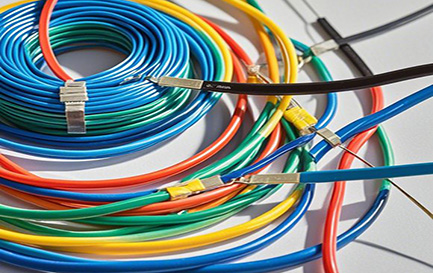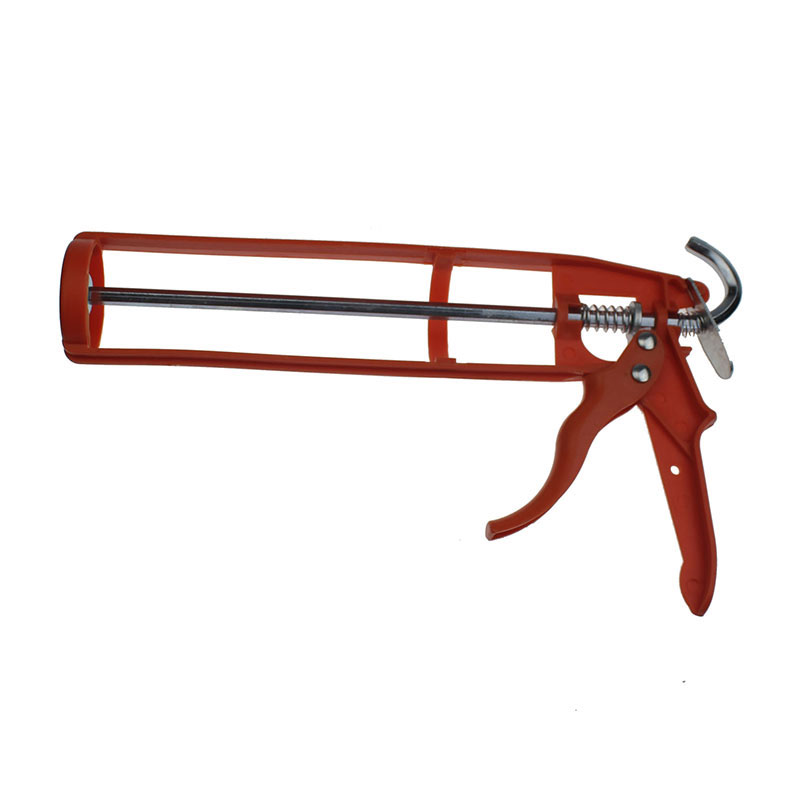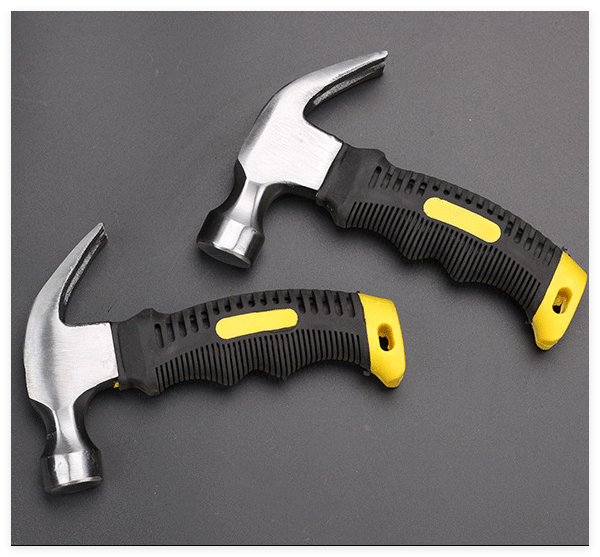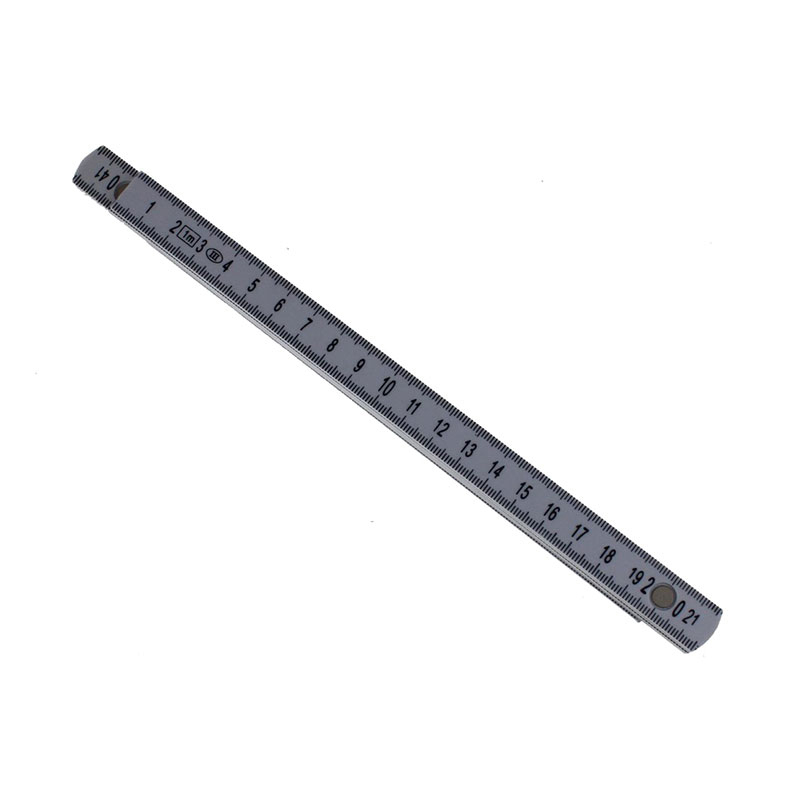How do cable ties secure cables?
Cable ties are used to fix cables in the following ways:
Self-locking fixation
Insertion operation
First, arrange the cables and arrange them neatly. Then, pass the head of the self-locking cable tie (the end with the tooth structure) through the hole at the end of the tie. This hole is usually a small square or rectangular hole, and its size is designed to allow the head of the tie to pass smoothly.
For example, when arranging the wires in a computer case, after arranging various power cords, data cables, etc. in a certain order, pass the head of the tie through the end hole of the tie and prepare for the next step of fixing.
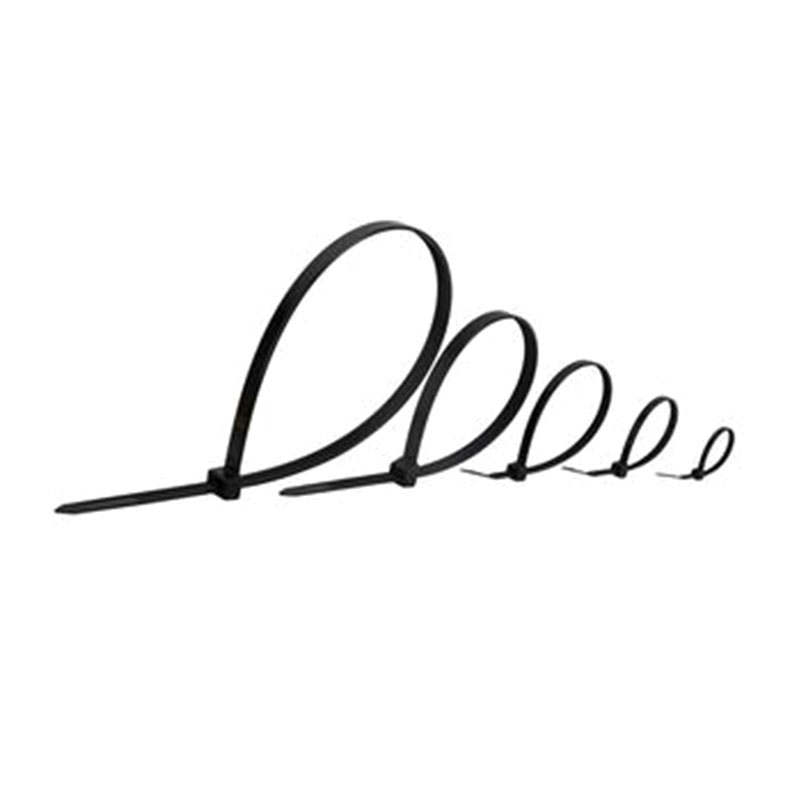
Tensioning process
Ten the free end of the tie by hand or with a tool (such as a tie gun) so that the tie wraps around the cable and gradually tightens. During the tightening process, the tooth structure of the tie head will engage with the slot on the tie body.
These tooth structures are unidirectional and can only move in the tightening direction. When the tie is tightened, the teeth will get tighter and tighter to prevent the tie from loosening. Just like a ratchet mechanism, with each pull, the teeth will be stuck in the slot, ensuring that the cable tie will not be loosened in the reverse direction.
Final Locking
Continue to tighten the cable tie until the cables are tightly fixed together by the cable tie to form a compact cable bundle. At this point, the self-locking mechanism of the cable tie has fully worked, and even if it is pulled by external force, as long as it does not exceed the bearing limit of the cable tie, the cable will still be firmly fixed.
Retractable Fixation
Insert and Initial Fixation
The initial steps of fixing the retractable cable tie are similar to those of the self-locking type. After arranging the cables, pass the head of the retractable cable tie through the hole at the tail, and then gently tighten the cable tie to make the cable tie wrap around the cable and tighten it initially.
However, the head structure of the retractable cable tie is different from that of the self-locking type. It usually has a device that can be unlocked, which is not fully functional when the cable tie is initially fixed to the cable.
Locking and Unlocking Mechanism
After the retractable cable tie is tightened to the appropriate degree, the cable tie can be fixed by a special button, slider or other unlocking device. For example, some retractable cable ties have a small slider on the cable tie body. When the cable tie is tightened, push the slider to the locked position and the cable tie will secure the cable.
When the cable tie needs to be untied, operate this unlocking device to disengage the cable tie head from the card slot, thereby loosening the cable tie and facilitating the adjustment or replacement of the cable. This fixing method is suitable for occasions where the cable needs to be frequently maintained or rewired.
Fixed lock type fixing
Special lock operation
The fixed lock cable tie adopts a special lock design. When fixing the cable, first arrange the cable, then wrap the cable tie around the cable, and insert the head of the cable tie into the lock device.
This lock device usually consists of multiple parts, such as metal clips, plastic card slots, etc., which can provide higher tightening force. After the head of the cable tie is inserted, the lock is closed by pressing, rotating or other specific operations.
Fastening principle
After the lock is closed, the head of the cable tie is tightly clamped, and the body of the cable tie is also fixed in the card slot of the lock. This fixing method utilizes the dual principles of mechanical clamping and slot bite, so that the cable tie can withstand higher tension and thus fix the cable more firmly. For example, in large cable trays, the use of fixed lock cable ties can ensure that many cables remain neat and stable in complex environments.
Pin-type fixing
Pin insertion process
When fixing the cable with a pin-type cable tie, first arrange the cable and then wrap the cable tie around the cable. Next, insert the pin at the head of the cable tie into the corresponding socket at the tail of the cable tie.
The shape and size of the pin and the socket are matched with each other. The pin usually has a certain shape design, such as trapezoidal, circular, etc., to ensure that the cable tie can be stably fixed after insertion.
Fixing stability
After the pin is inserted into the socket, it is fixed by the elasticity of the cable tie material itself and the friction between the pin and the socket. When this fixing method is subjected to tension, the pin will not easily come out of the socket, which can effectively fix the cable, especially suitable for places with large cable tension requirements, such as outdoor cable laying.



